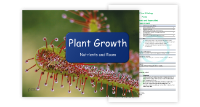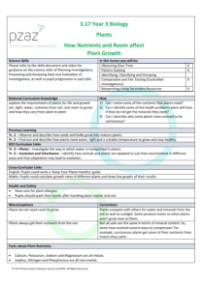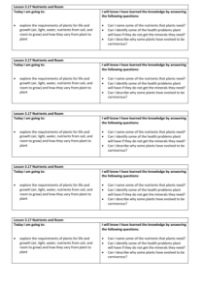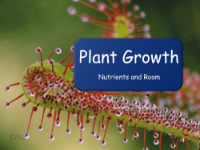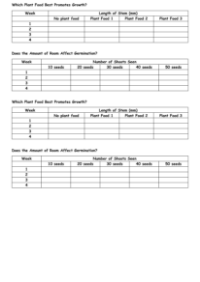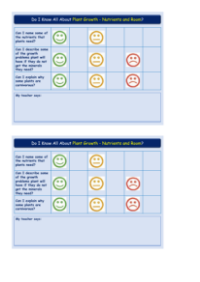Plant Growth (Nutrients and Room) - Teacher Explanation

Science Resource Description
Welcome to Lesson 3.17, part of the Year 3 Plants Unit, where we delve into how nutrients and space affect plant growth. This session aligns with the National Curriculum's requirement for pupils to investigate the essential factors for plant life and growth, which include air, light, water, soil nutrients, and adequate space. It's important to note that pupils with plant allergies should exercise caution when handling plant matter, and all pupils must wash their hands thoroughly after such activities. The lesson offers a rich, cross-curricular experience, integrating maths through calculating and graphing plant growth rates, history by exploring how the Aztecs cultivated maize, and art by drawing various plant diagrams.
In this teacher demonstration, we introduce the Venus flytrap, a fascinating example of plant adaptation. Pupils will learn about its unique features, such as the trigger hairs inside the trap and the role of its 'eyelashes' in securing prey. The demonstration includes tips on how to care for a Venus flytrap, like using rainwater instead of tap water and avoiding feeding it inappropriate substances. The lesson also involves a practical experiment where pupils will observe the impact of different plant foods on sunflower seed growth, using hydrogel and sauce pots. Additionally, they will create a fact file on plant diseases caused by mineral deficiencies and conduct an experiment to understand the importance of space for plant growth by planting varying numbers of cress seeds. This comprehensive lesson aims to foster a deeper understanding of plant biology and the factors that influence their health and development.

